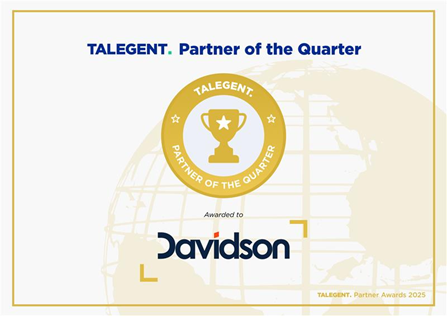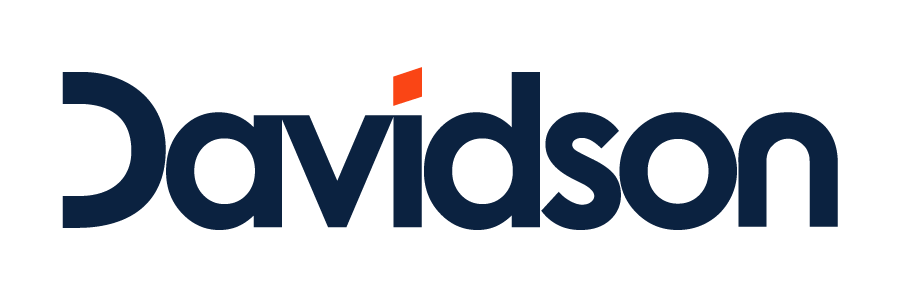Resolving data migration key to smooth tech transition
A large scale transformation program successfully transitioned data from a fragmented legacy environment to a new modern system, preserving its valuable history.
CHALLENGE
When data is migrated to new systems, the potential for information held within the source data to be lost or corrupted can be a significant project risk.
A world leading life insurance organisation acquired a bank’s life insurance business, and faced challenging contractual deadlines within which to complete the transaction.
Five aged legacy systems housed 500,000 rows of reference data associated with hundreds of life insurance products. Our client needed to migrate this data to a new policy administration system within the contractual deadlines.
Individual policy rules were embedded within old code in the price tables and, to make matters worse, the data was poorly formatted.
Consolidating and reconciling this large volume of data from the five legacy systems, while continuing to uphold the integrity of all policies required specific skillsets.
Our client engaged Davidson Technology Consulting, utilising our subject matter expertise and skills at analysing and solving data integrity problems to ensure a seamless data transition from the fragmented legacy environment to the new system.
SOLUTION
Reference data from 250,000 policies
Based on experience gained from delivering large scale financial program transformations, our Finance Specialist developed a structured approach to address the challenge.
The process commenced by reviewing reference data from more than 250,000 policies across the five legacy systems.
We then evaluated 120 reference data sheets administering key elements of life insurance policies, and decoded and rewrote the rules embedded within the code of individual policies.
Designing and deploying an audit and control framework meant we could trace all data changes prior to deployment in the new system.
We ensured that actuaries in the Pricing Team and product managers were fully briefed to enable them to have a deep understanding of the changes and drive the sign-off process.
During the user acceptance testing period, we led the support team to rapidly identify and address any real world and user experience issues prior to cutover. We then led the Hypercare team following cutover to provide an elevated level of support and ensure adoption of the new system. To ensure ongoing success, we trained the client’s team and provided them with a standard operating manual.
OUTCOMES
Framework key to achieving high quality data
Cutover to the new policy administration system occurred seamlessly. Furthermore, in the subsequent weeks there was only a single Hypercare incident.
Building a robust change traceability framework ensured amendments to data throughout the reconciliation process could be tracked and audited. This was key to achieving high levels of data quality.
As a result the client could proceed with the final significant release of data, which contributed to the successful transition of customers’ life insurance products.
Share this content





